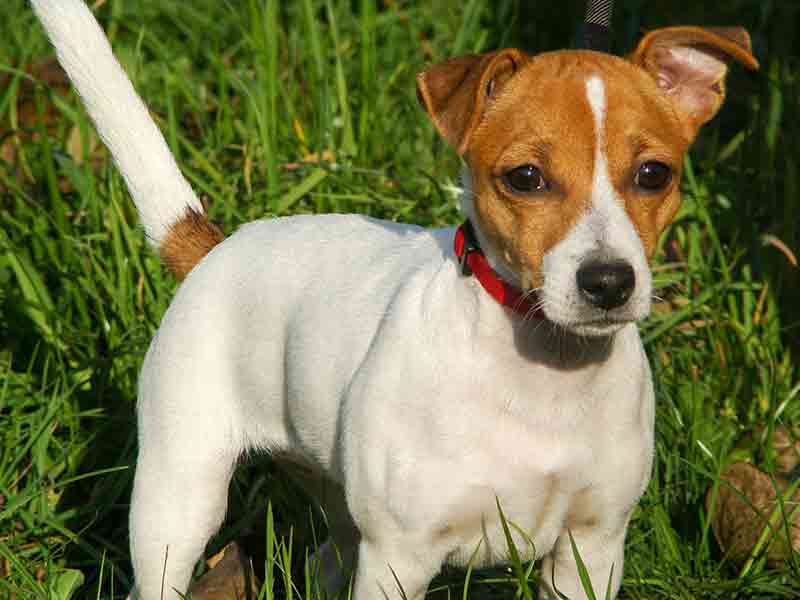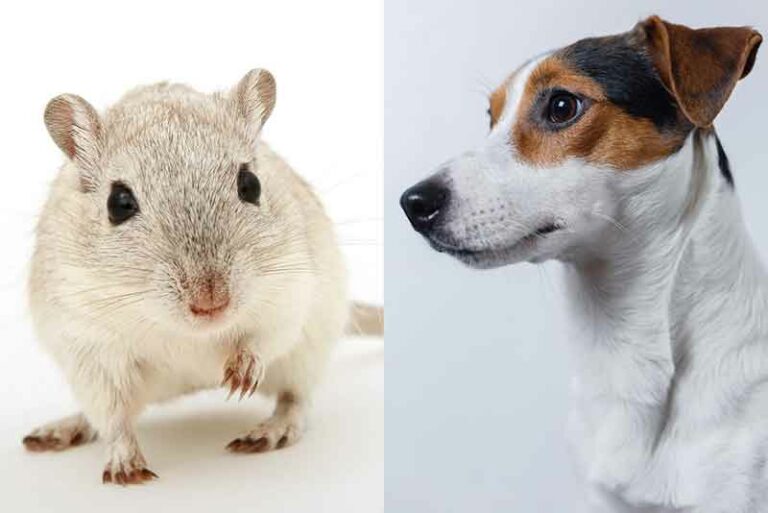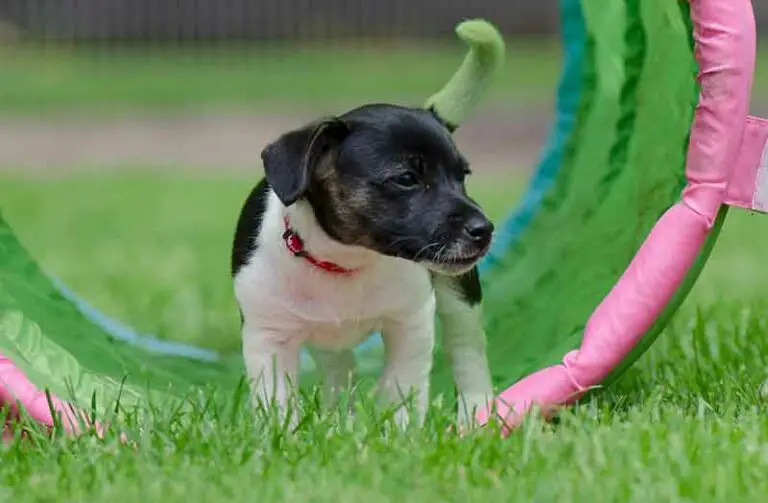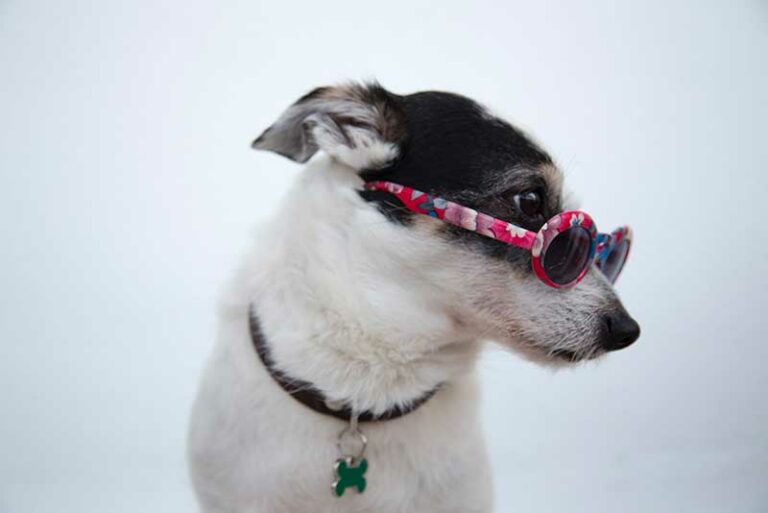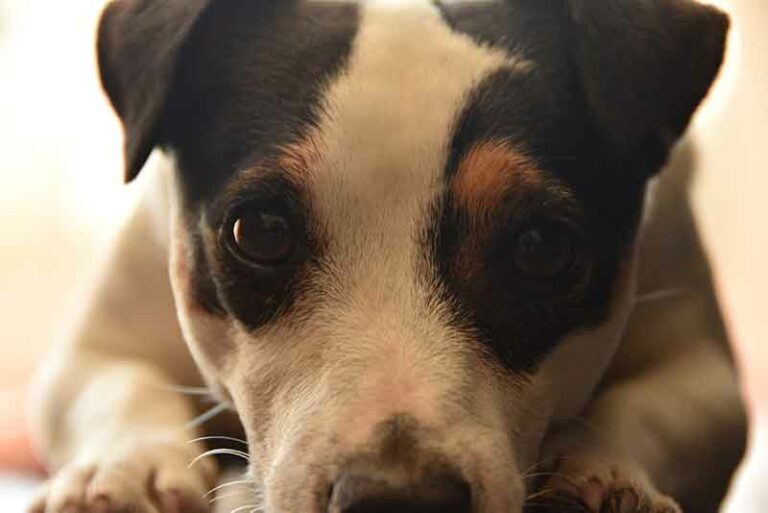Why Does My Jack Russell Have Pointy Ears? How To Fix?
Last week in my neighborhood, I came across a Jack Russell Terrier with pointy ears. If you are familiar with the physical appearance of this dog breed, a pointy-eared Jack Russell might sound a bit unusual.
“Why does my Jack Russell Terrier have pointy ears?” This is a question raised by JRT owners on multiple occasions. Do they really have pointed ears? What could be the reason for them to have pointed ears? And if it is a matter of concern, are there any possibilities to fix them?
Let’s find out!
Do Jack Russell terriers have pointy ears?
The most straightforward answer for this question would be, Yes. Jack Russell Terriers have pointy ears, and it is a normal condition. Jack Russell Terriers are charming little dogs that usually have folded ears.
If you google search for the images of Jack Russells, you will mostly get pictures of them with folded years. However, there are some Jack Russells out there who have pointed ears.
Ever heard of the term “prick ears”? If your JRT is over eight months old and its ears stick up rather than folding down, that condition is known as prick ears, basically having pointy ears.
Sometimes they can also have halfway pointed ears, or even one pointed and one folded ear.
Why does my Jack Russell have pointed ears?
Now we’ll discuss the reasons behind the pointy ears of Jack Russell Terriers.
Genetic reasons tend to be the most common reason behind pointed ears. Any dog breed, including Jack Russells, goes through specific physical changes as they grow up.
During the teething period of a JRT, usually between three to seven months, the shape of their ears may look unusual.
As we mentioned earlier, they have “V” shaped folded years, yet they appear to be pointy while teething. This is a typical condition, and there’s nothing to be terrified of.
Once all the adult teeth are grown, and the teething process is over, their ears shape back to usual.
However, there are exceptions as well. Some JRT’s continue to have pointy ears even after the teething period, which means after 7 to 8 months.
And this is what we earlier identified as having prick ears. Prick ears are a natural genetic condition also; it’s permanent. But it doesn’t have to do anything with your pet’s health.
Neither is it harmful nor is it uncomfortable to your Jack Russell Terrier. So you don’t have to be panicked about it.
Other than having prick years, if your Jack Russell Terrier is not a purebred one which means crossed with another similar breed of dogs, that could also be a possible reason to have pointy ears rather than folded ones.
How do you fix Jack Russell’s ears?
If your grown Jack Russell Terrier has pointy ears and if it keeps extremely bothering you, you might have thought if there are any ways to fix this problem.
You can take certain actions to avoid this, but you have to be very mindful about taking such actions.
In most cases, you don’t have to take any action to fix this problem, especially during the young age of your Jack Russell Terrier.
As we discussed before, pointy years come back to the standard shape after your JRT gets adult teeth. But if it’s not getting back to the usual, which means if your JRT has prick ears, you will not find any specific natural remedy to fix it because it is considered a permanent condition.
However, If you are desperate to fix your Jack Russell Terrior’s prick ears, one of the options would be going into surgery.
But you have to ask yourself twice if you really want to perform surgery to fix your JRT’s ears. Because this is not a medical condition or a health concern.
This can be a hectic and uncomfortable procedure for your pet, and anyone will barely recommend you do something like that.
On the other hand, not many vets perform such surgeries as they are not necessarily needed to be done.
Sometimes surgically altering the shape of dog ears could also raise ethical issues. So it’s crucial to think about this.
Another way to fix the pointy ears of your Jack Russell Terrier is the gluing method. For this, you’ll be needing surgical glue and a not-so-heavy object, perhaps a coin or an ice cream stick.
You can gently fold the ear and glue the tip of the ear facing downwards using the small object. Repeating this technique for a considerable time might make the ear mussels bend down to some extent.
But it is crucial to keep in mind that no one can guarantee to the fullest that this method will completely solve the issue. There is a tendency that it might work.
But then again, since prick ears are natural and permanent, it might not work perfectly. Another fact to mention is that before performing such techniques on your own, it is advisable to talk to a vet and get their opinions.
Here are some final thoughts
Jack Russell Terriers usually have floppy ears. But there are Jack Russell Terriers with pointy ears as well. Hence pointed ears are a normal genetic circumstance; it doesn’t cause any sort of harm to your beloved pet.
So you don’t have to be bothered at all. If you own a Jack Russell Terrier with prick ears and you deliberately try to fold them, there’s a fair chance that the end results could turn out to be good but also wrong.
Your top priority should be the health and safety of your JRT. Make sure that you do not forget it.
On the bright side, when most Jack Russell Terriers have folded ears, having one with pointy ears is quite unique. Yes, you read that right.
If you are a Jack Russell Terrier owner who has this problem, it is not necessarily a problem. You just own a unique-looking JRT! So why not embrace it?
Thank you for reading this article. Keep an eye on Jack Russell Owner for more informative articles about your favorite dog breed.

